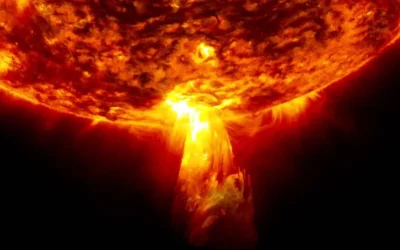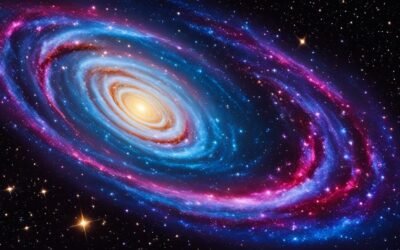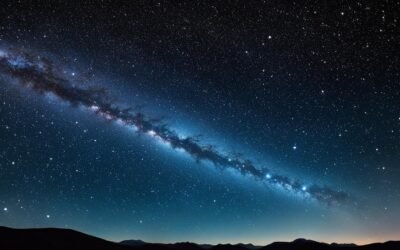
| Genitive | Antliae |
| Abbreviation | Ant |
| Pronunciation | (ˈæntliə) |
| Main Stars | 3 |
| Brightest Star | α Ant (4.25m) |
| Right Ascension | 9 hours to 11 hours |
| Declination | -24 deg to -40 deg |
| Sq. Deg. Area | 239 |
| Crosses Meridian | 9PM, Apr |
| Visible Lat. Range | +45, -90 deg (°) |
| Best Viewing Season | Spring (Southern Hemisphere) |
Characteristics of Antlia
Introduction to Antlia
Antlia, a constellation in the Southern Celestial Hemisphere, is symbolized by “the Air Pump,” a nod to the air pump’s role in 18th-century physics and chemistry experiments.
Its name, derived from Latin and Greek, means “pump,” specifically referring to this scientific instrument. Initially named Antlia Pneumatica by its founder, the constellation’s simpler name, Antlia, was later universally adopted.
It was among the 14 new constellations introduced by Nicolas-Louis de Lacaille in the 18th century, intended to fill in the voids in the faint regions of the southern sky with no myths attached to them.
Discovery and History
Who discovered the Antlia constellation?
Antlia was cataloged by French astronomer Abbé Nicolas Louis de Lacaille during his 1751-1752 expedition to South Africa.
Lacaille named it after the air pump, celebrating the invention that played a crucial role in scientific experiments of his time.
He introduced this and 13 other constellations to cover previously uncharted regions of the Southern Celestial Hemisphere, emphasizing the Age of Enlightenment’s scientific advancements.
How old is Antlia?
The constellation Antlia was established in the mid-18th century, making its conceptual age over 250 years.
The stars within Antlia, however, like those in any constellation, are much older, their ages spanning millions to billions of years.
Astronomical Characteristics
Star Composition
Antlia’s brightest star, Alpha Antliae, is an orange giant that may vary slightly in brightness.
The constellation also hosts S Antliae, an eclipsing binary system where two stars orbit closely enough that they will eventually merge.
Additionally, Antlia contains star systems with known exoplanets, HD 93083 and WASP-66, along with deep-sky objects like the Antlia Dwarf Galaxy and NGC 2997, a spiral galaxy.
Meteor Showers
There are no meteor showers associated with Antlia, underscoring its relatively obscure status in the night sky compared to other constellations with such celestial events.
Antlia’s story is primarily one of scientific tribute rather than myth, commemorating the air pump’s significance in the advancement of knowledge during the Enlightenment.
Its stars and deep-sky objects, while not among the night sky’s most luminous or well-known, offer a glimpse into the universe’s vast and varied contents.
| Designation | Name / Meaning | Object Type | V Mag |
|---|---|---|---|
| Alpha Antilae | N/A | Orange Giant Star | 4.28 |
| Epsilon Antilae | N/A | Orange Giant Star | 4.51 |
| Iota Antilae | N/A | Orange Giant Star | 4.60 |
| Theta Antilae | N/A | Binary Star System | 4.79 |






